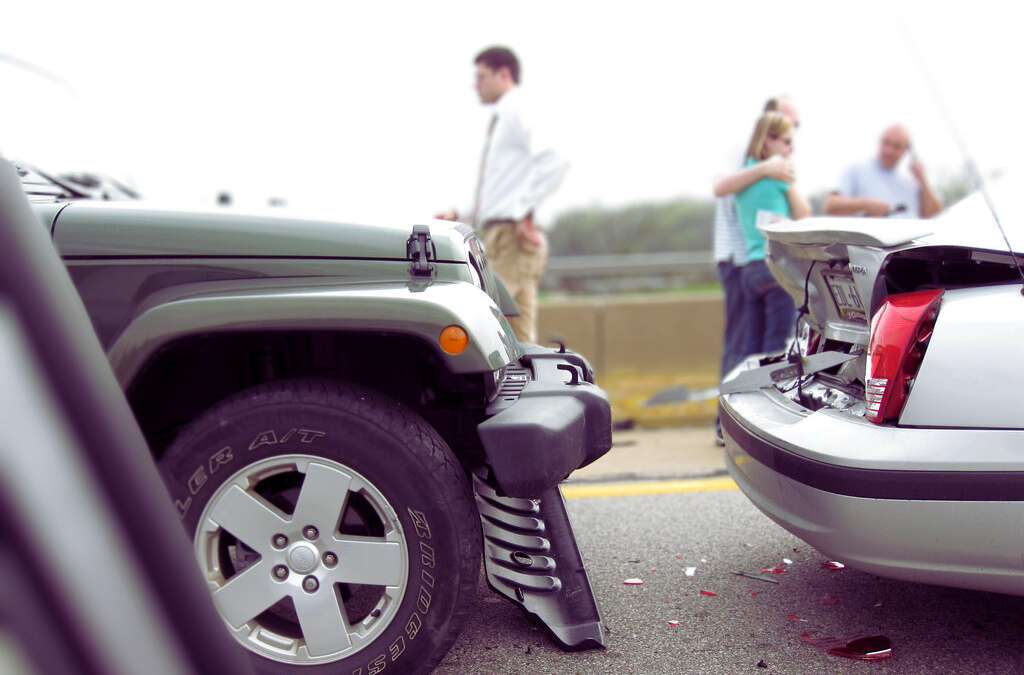After a Car Accident in California | Causes and Costs of Accidents
| Driver Education |
The aftermath of a car accident can overwhelm anyone, especially with the confusion and stress that often follow. In California, it’s crucial to understand and follow specific procedures to ensure your safety and comply with the law. This guide provides clear and concise steps to help you effectively manage the situation.
This blog may contain affiliate links, and if you make a purchase through these links, we may or may not earn a commission at no extra cost to you.
Essential Steps to Take After a Car Accident
Stopping Requirements
a. Assist Victims at the Scene If injuries occur in the accident, you must stop your vehicle safely and provide assistance. Check all parties involved and offer help until emergency services arrive.
b. Handle Property Damage If you cause property damage and the owner isn’t present (like hitting a parked car), you need to leave your contact information visibly on the damaged vehicle, as required by California law.
Aid to the Injured
a. Call for Emergency Help Immediately Call 911 immediately if anyone is injured. A quick response from medical professionals is crucial to prevent further harm.
b. Decide When to Move an Injured Person Move an injured person only if they face an immediate threat to their safety, such as the risk of fire. Otherwise, wait for medical professionals.
Prevent Further Damage
a. Minimize the Risk of Fire Turn off all vehicles involved in the accident to reduce the risk of fire, especially in severe collisions.
b. Warn Oncoming Traffic Alert approaching vehicles using hazard lights, flares, or warning triangles, particularly in low-visibility conditions or on busy roads.
Reporting Requirements
a. File Reports An SR-1 report must be completed and submitted to the California DMV within 10 days if someone is injured (no matter how minor the injury) or killed, or property damage is over $1000. For accidents involving injury, death, or significant property damage in California, you must also file a police report. In California, a police report must be filed for accidents involving injury, death, or significant property damage.
b. How Reports are Used These reports are crucial for insurance claims and legal matters. They provide an official record of the accident’s circumstances.
Exchanging Information
a. Gather Identifying Details Exchange names, addresses, vehicle registration numbers, and insurance information with all involved parties.
b. Document Damage and Injuries Photograph the scene, including all vehicles, visible injuries, and the overall environment. This documentation is crucial for insurance and legal purposes.
Additional Steps
a. Collect Witness Information Ask witnesses for their names and contact information. Witness accounts are vital in insurance and legal proceedings.
b. Provide Accurate Information to Police When police arrive, give a factual account of the accident. Stick to the facts and avoid speculation or admitting fault.
c. Seek Medical Attention Get checked by a medical professional even for minor injuries. Some injuries, like whiplash, may not be immediately evident.
Contribute to a Community of Safer Roads
Dealing with a car accident in California is always challenging, but knowing and taking the correct steps can significantly help manage the situation. These procedures are not just recommendations but legal requirements that ensure your safety, protect your rights, and aid in insurance and legal processes. Remember, the most crucial thing is to stay calm and focused, ensuring everyone’s safety.
Drive with Confidence!
Keep up with all the latest driving news. Expolre our blog packed with essential tips and expert advice on all things related to DRIVING!




